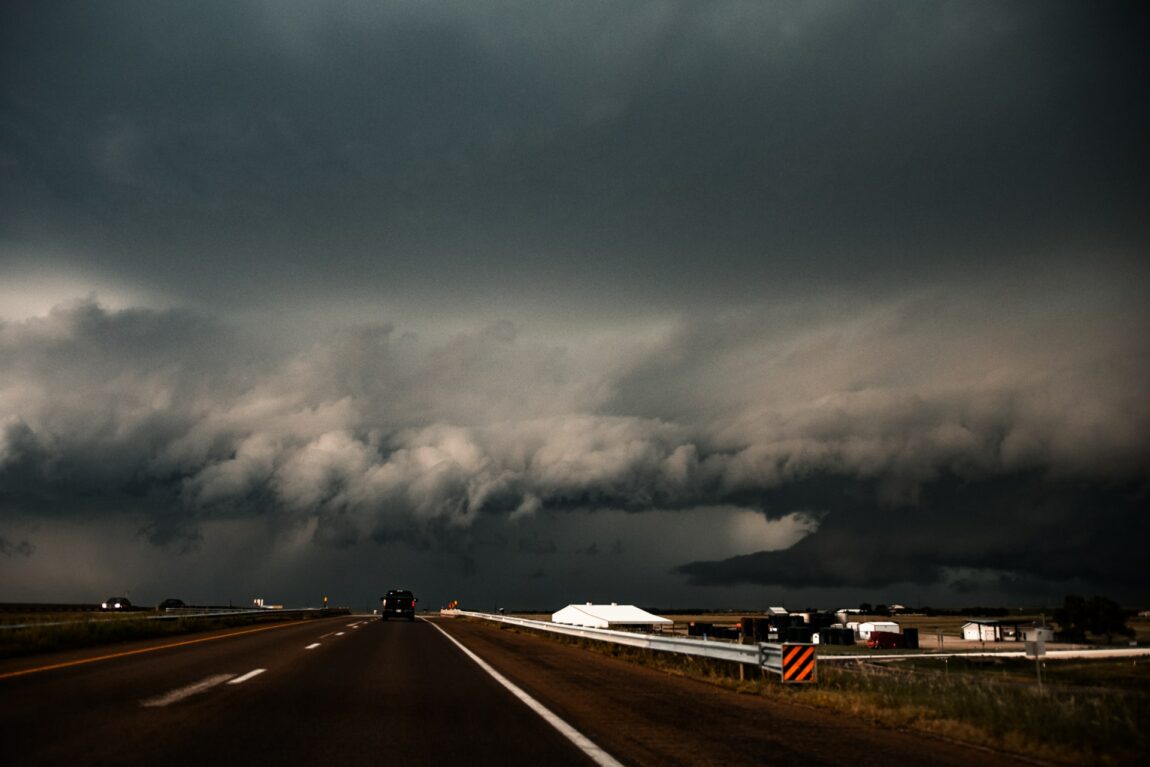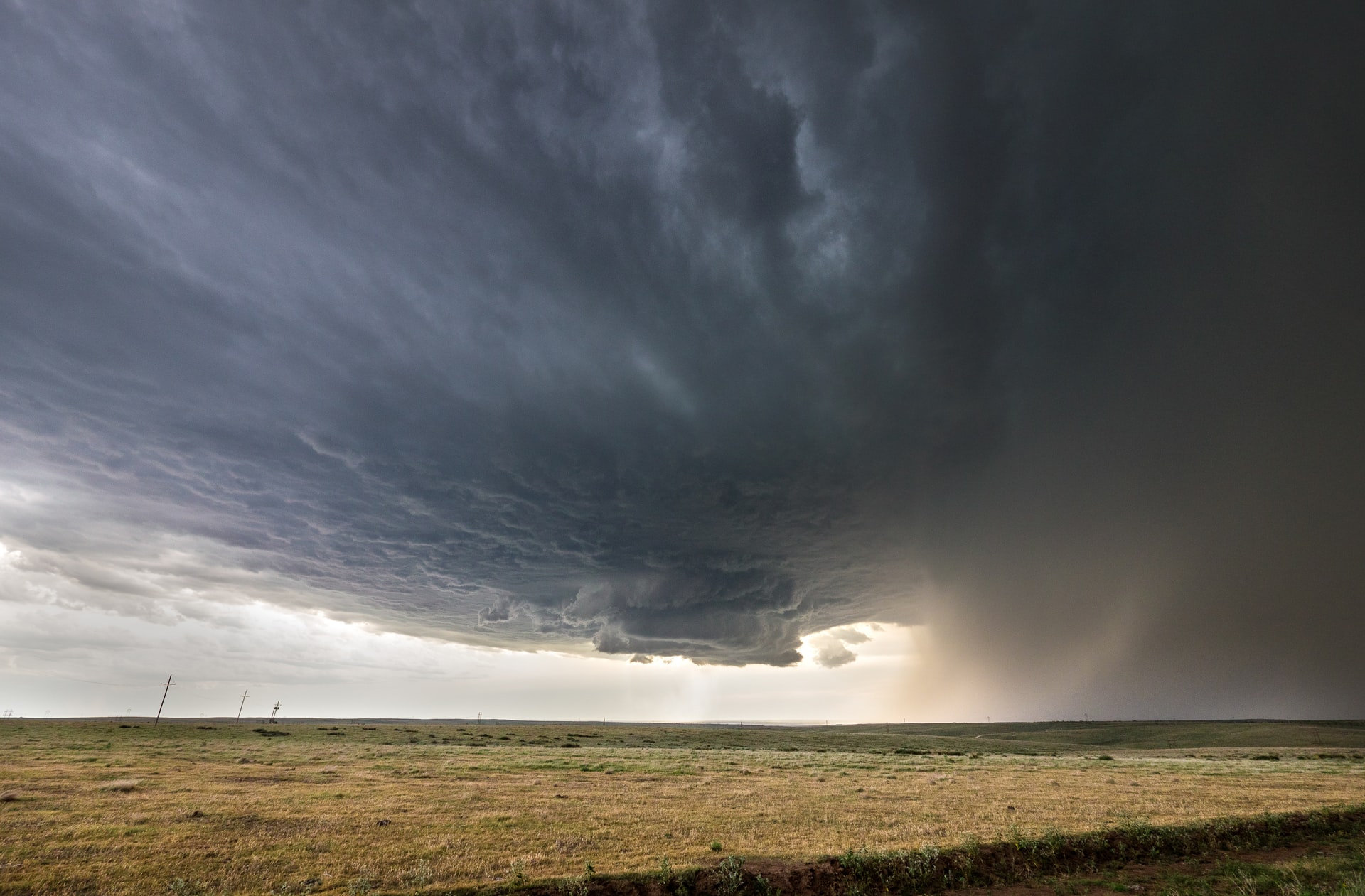Tornadoes are still a poorly understood atmospheric phenomenon, and the main problem is that it is very difficult to study them experimentally. Tornadoes occur quite often, but it is impossible to predict where exactly it will occur next time, so we have to “chase” tornadoes. Mobile laboratories used in such chases are too fragile and collapse before they can reach the center of the tornado and begin to study it.
It has not yet been possible to produce a tornado in a laboratory under controlled conditions either: this would require an experimental setup of hundreds of meters in size. Therefore, all currently available verified information about the physical conditions in the center of the tornado has been obtained by an indirect method. Thanks to radar observations from afar it is possible to measure air speeds in the tornado and based on this to make conclusions about its internal structure.

Note, by the way, that a surprising situation arises: so far, astronomical methods are used to study tornadoes. Being unable to “get into” the phenomenon itself or to reproduce natural conditions in the laboratory, we have to just watch the tornado carefully trying to understand its nature based on our observations. This is exactly the approach of astronomy.
So far we know that in the center of a tornado there is an area of low pressure. In the most powerful tornadoes the pressure difference outside and inside can exceed one tenth of an atmosphere. Actually, the tornado itself is the outside air which under the influence of this pressure difference tries to fill the inside of the tornado but due to the law of conservation of momentum it twists around its axis so strongly that the centrifugal force keeps it away from the center.
It is difficult to say exactly what kind of air currents take place in the center of the tornado as there are no direct reliable experimental observations. It is quite possible that there are vertical currents there, but it is unlikely to be very strong.
Generally speaking, the famous lifting force of the tornado is not due to the fact that the funnel sucks objects into itself, but to the fact that the rotating air column has vertical turbulence. That is, the air does not wind around the funnel in a fixed circle (then there would be no vertical motion) or in a fixed spiral (then the vertical motion would be constant), but has a rapidly changing vertical velocity component.

Since the tornado problem is one of the most important meteorological problems for the United States, considerable money is regularly allocated for their research. There are even plans to build a heavy tank-like vehicle that would be both very heavy and quite nimble. Such a machine would be able to catch up with the tornado, enter its center, and conduct experiments there. So we should be patient: probably, in a year or two, we will know a lot more about the tornado’s innards than we do now.

